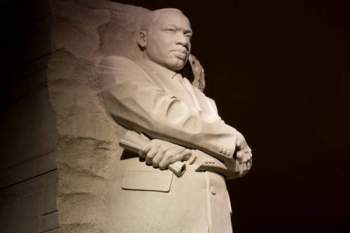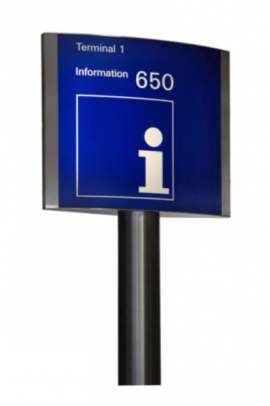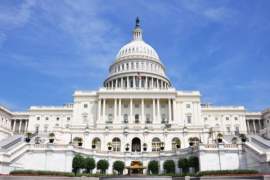
Birmingham Campaign

What was the Birmingham Campaign?
The Birmingham Campaign was a huge protest against segregation policies in Birmingham, Alabama. Martin Luther King, Jr. and the Southern Christian Leadership Conference (SCLC) worked with Fred Shuttlesworth, the founder of the Alabama Christian Movement for Human Rights (ACMHR), and the protest specifically targeted merchants throughout Birmingham during the busy shopping season around Easter.
Timeline of the Birmingham Campaign
The campaign of protests were launched on April 2, 1963 after Albert Boutwell defeated the city’s segregationist commissioner, Eugene “Bull” Connor, during the mayor election. The campaign involved a large number of meetings, sit-ins, City Hall marches, the boycott of merchants, and more. Sit-ins expanded to churches and the library, and hundreds of people were arrested during the process.
On April 10, the city government received an injunction from the state circuit court to end the protests. Campaign officials debated but decided to continue with the protests anyway. King made the following announcement to ACMHR, “We cannot in all good conscience obey such an injunction which is an unjust, undemocratic and unconstitutional misuse of the legal process.”
Funding for the protests was running out, and those who were arrested were no longer promised cash bonds for their release. King himself was eventually arrested, and he was kept in solitary confinement at the Birmingham jail. It is here where he wrote the “Letter from Birmingham Jail.” King was initially denied his right to call his wife, Coretta Scott King, but she contacted the Kennedy administration and King was eventually allowed to call home. King was released on bail on April 20, 1963.
James Bevel, the organizer for the SCLC, asked for young children to start demonstrating, and on May 2, 2963, over 1,000 African American students marched. Hundreds were arrested, but the marches continued—which led Commissioner Connor to instruct the local police and fire departments to use force. During the following days, children were hit with water from fire hoses, beaten by police officers, and even attacked by police dogs.
After the attacks, national attention increased, and Attorney General Robert Kennedy sent his chief civil rights assistant, Burke Marshall, to negotiate with the Birmingham Senior Citizens Council. Negotiations proceeded, and King announced a moratorium unless negotiations were not reached quickly.
On May 10, 1963, the Birmingham Truce Agreement was reached and ordered the following:
· the removal of “Blacks Only” and “Whites Only” signs around public restrooms and water fountains
· plans for desegregated lunch counters
· a program to increase African American employment
· the creation of a committee to monitor the implementation of the agreement
· the release of protestors held on bond
Segregationists were furious after the Agreement, and they bombed the Gaston Motel the night the Agreement was formed. The home of King’s brother, Alfred Daniel King, was bombed the next day, and 3,000 federal troops were sent to Birmingham by order of President John F. Kennedy. The Ku Klux Klan bombed a Baptist Church four months later and killed four young girls. Tragedies continued, but the Birmingham Campaign was one of the most important movements during the Civil Rights movement.
Source: http://mlk-kpp01.stanford.edu/index.php/encyclopedia/encyclopedia/enc_birmingham_campaign/



















